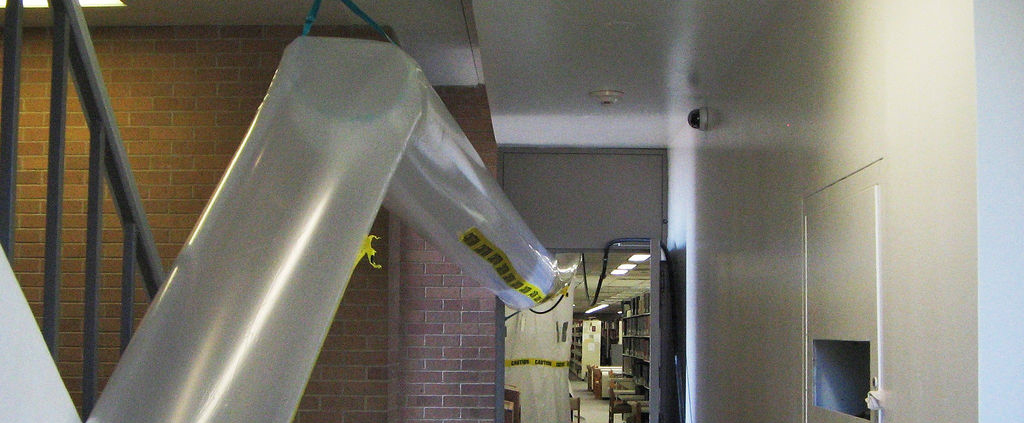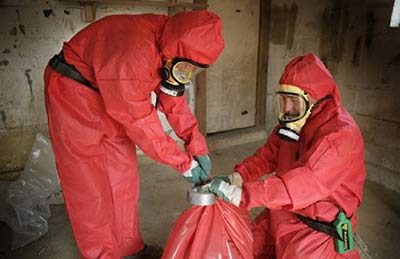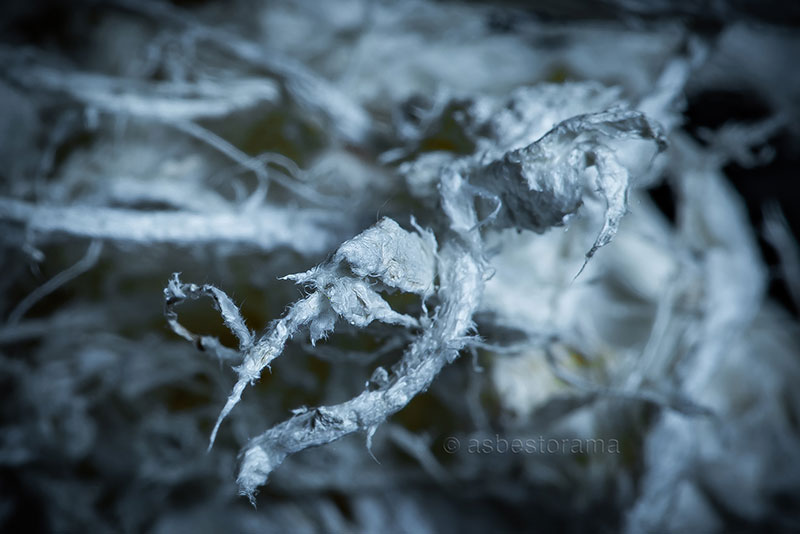ASBESTOS PIPE INSULATION
Asbestos pipe insulation was widely used in the past because it was inexpensive, effective, and easy to install. However, asbestos is a naturally occurring mineral that can cause serious health problems if it becomes airborne and is breathed into the lungs.
Asbestos pipe insulation was used on pipes and boilers in the past to protect the pipes from heat and corrosion.
Asbestos pipe insulation was used on pipes and boilers in the past to protect the pipes from heat and corrosion. Asbestos pipe insulation was used in homes and businesses until 1999 until it was then banned by law.

Asbestos pipe insulation is a type of asbestos that is wrapped around water or steam piping for both residential and commercial purposes to insulate against heat loss. The asbestos material has been known to be carcinogenic when damaged or broken down through abrasion, which causes microscopic fibres to enter the air where they can be inhaled by humans.
Asbestos was a commonly used form of insulation for hot water pipes, oil pipes, steam pipes, and many other types of heating devices throughout the 20th century.
Asbestos pipe insulation was used to insulate exposed piping systems from heat and corrosion. The material wasalso frequently used to insulate electrical wires and components as well as plumbing in homes and buildings.
If left undisturbed and in good condition, asbestos pipe insulation does not pose a health risk.
Asbestos pipe insulation is not a health hazard if undisturbed and in good condition. However, it can become ahealth risk if the asbestos fibres are damaged and become airborne. Asbestos-related diseases may develop in the lungs, digestive tract or other organs of those who breathe in asbestos dust. The symptoms of asbestos-related disease include:
- chest pain or discomfort;
- coughing up blood or phlegm;
- shortness of breath; and
- fatigue or weakness
The danger arises if asbestos-containing pipe insulation becomes damaged.
Asbestos-containing pipe insulation is dangerous if it becomes damaged as fibres can become airborne and be inhaled. If you inhale asbestos fibres, they can cause scarring of the lungs and mesothelioma as well as other types of cancer.
While only some homes contain asbestos pipe insulation, many commercial buildings do have asbestos pipe insulation.
Asbestos pipe insulation was common in older buildings, such as schools and commercial buildings. In fact, even houses built recently can contain asbestos pipe insulation if they were constructed before 1999. Asbestos pipeinsulation was used to protect pipes from heat and corrosion, so it's likely that you'll find this material on your property if you're a homeowner or work in a commercial building.

If the home or building is newer than the late 1990s, it’s less likely to have asbestos-containing pipe insulation.
If a home or building was built after the 1990s, it is unlikely that it has asbestos-containing pipe insulation. Asbestos pipe insulation was commonly used in homes and buildings because it could withstand high temperatures and did not conduct electricity.
Asbestos pipe insulation was also inexpensive to manufacture, which made it an attractive choice for builders who were working on tight budgets — especially during World War II when materials like metal were scarce due to wartime industrial needs.
Asbestos pipe insulation is more problematic in older buildings.
If you are refurbishing an older building, it is important to have asbestos pipe insulation encapsulated or removed prior to starting on site.
The HSE recommend that if you need to remove any asbestos pipe insulation, you should hire a Licensed Asbestos Removal Contractor (LARC) who can handle the job safely. Asbestos can be dangerous if it's nothandled correctly and breathing in small amounts of asbestos fibres can cause serious health problems such as lung cancer or mesothelioma (cancer that affects the lining of the lungs).
Conclusion
The danger of asbestos pipe insulation is in its potential to be disturbed. It is most dangerous when it becomes damaged and fibres become airborne, which can cause lung cancer and other respiratory problems. If you have any concerns about the pipe insulation within your home, commercial premises or work place, please contact Strada and we can carry out sampling to test for asbestos content.

You should have this material tested for asbestos and removed before it becomes airborne.
Asbestos is a known carcinogen, and asbestos insulation board can become airborne when it's disturbed or in poor condition. If you find asbestos insulation board in your home, hire Strada Environmental Ltd to remove it.






